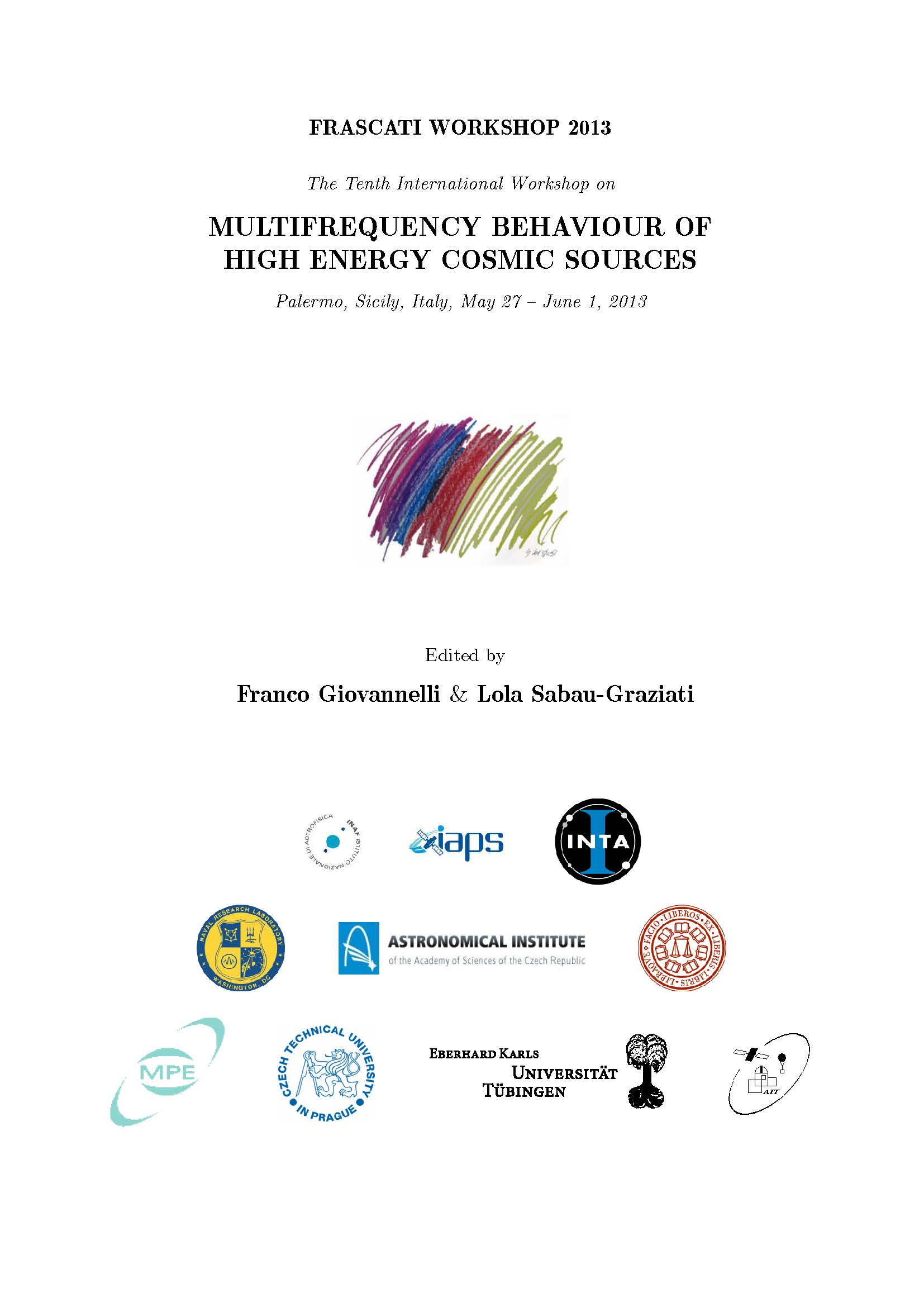Gravitational Waves and Dark Energy
DOI:
https://doi.org/10.14311/APP.2014.01.0020Abstract
The idea that dark energy is gravitational waves may explain its strength and its time-evolution. A possible concept is that dark energy is the ensemble of coherent bursts (solitons) of gravitational waves originally produced when the first generation of super-massive black holes was formed. These solitons get their initial energy as well as keep up their energy density throughout the evolution of the universe by stimulating emission from a background, a process which we model by working out this energy transfer in a Boltzmann equation approach. New Planck data suggest that dark energy has increased in strength over cosmic time, supporting the concept here. The transit of these gravitational wave solitons may be detectable. Key tests include pulsar timing, clock jitter and the radio background.Downloads
Download data is not yet available.
Downloads
Published
2014-12-04
Issue
Section
Articles
How to Cite
Biermann, P. L., & Harms, B. C. (2014). Gravitational Waves and Dark Energy. Acta Polytechnica CTU Proceedings, 1(1), 20-26. https://doi.org/10.14311/APP.2014.01.0020



